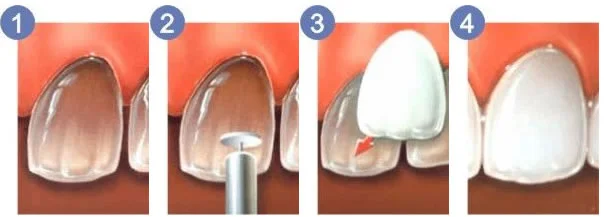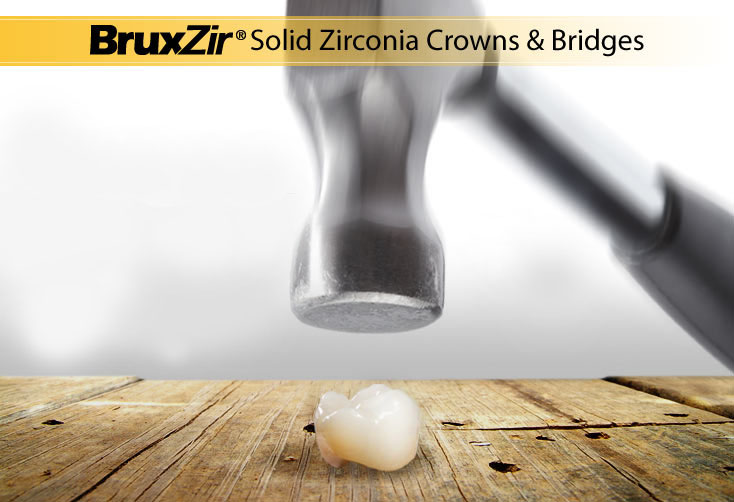If you turn on the news tonight, chances are you will see at least one article on harmful food additives, dangerous diets or other health scares. With so many alarming stories on the average american diet and wellness, many of our patients are trying alternative and holistic medical solutions. Today, we would like to cover one of these treatments that directly relates to dentistry and dental science; Oil Pulling.
Oil Pulling is an ancient South-Asian practice of swishing or holding oil in the mouth. It arises from traditional Hindu medicine and is said to have incredible benefits for the entire body. In modern times, oil pulling is thought to aid in eliminating bacteria from the teeth and gums. The practice has been popularized by TV shows such as Dr. Oz and holistic medicine websites and blogs. Some believe that the oil can emulsify and trap bacteria, allowing it to be removed as the oil is expelled. Others argue that the action of swishing oil can push bacteria out of the gum tissue and hard to reach areas. No matter what proposed mechanism, the promise is a healthier mouth with lower bacterial counts.
The American Dental Association’s stance on oil pulling is that there isn’t enough conclusive scientific evidence to recommend it as a treatment for any oral condition. With papers suggesting both benefits and drawbacks, it is hard to reach a hard decision on if, how or why oil pulling works. At Thousand Oaks Family Dentistry, we feel that while oil pulling may not have any concrete medicinal benefits, there is relatively little harm in it’s practice. If you believe it can make your mouth healthier and cleaner, then feel free to try oil pulling. Our only advice is to use a quality (cold pressed) oil and to discard the oil into your trash (it can quickly harden and clog up bathroom sinks). Additionally, make sure you rinsing thoroughly after each pulling session and do not let the oil sit on your teeth for extended periods.
In short, we recognize oil pulling as a treatment many of our patients are utilizing. While you may see some health benefits, we want you to realize that there is no substitution for brushing twice a day, flossing and receiving regular dental cleanings. We know of no way to better maximize your oral health and minimize chances for disease and decay. As with any habit, if you notice oil pulling is having negative effects, stop treatment immediately. We want all of our patients to be happy and healthy. If you feel oil pulling can help get you reach that state, then feel free to add it to your existing home care regimen in a safe and controlled manner!






























